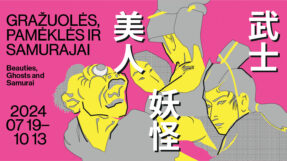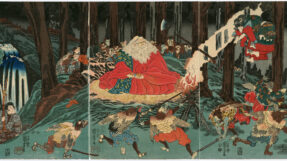Arūnas Gelūnas: Japanese pop culture invites to enter the realm of dreams

Starting 19 July, the National Gallery of Art of the LNMA will invite to see the exhibition of Japanese popular culture Beauties, Ghosts, and Samurai, curated by Dr Arūnas Gelūnas, director general of the LNMA. The exhibition will introduce a popular culture which emerged in 17th – century Japan and its influence on contemporary mass culture. Visitors will have a unique opportunity to see ukiyo-e graphic art from the Edo period (17th – 19th c.), the early and contemporary manga, excerpts from animation films, and the artwork by contemporary Japanese artists. The exhibition will be on until 13 October.
“This historic-panoramic exhibition is of the few attempts (the first in Lithuania) to reveal the interconnectedness of things which traditionally were not and still aren’t showcased together in a museum space: ukiyo-e prints, historic giga caricatures, the shunga erotic books, the hikifunda commercial posters, pre-war (1928, 1937) and post-war- (1950-1970) manga, selections of the famous anime films, and other. The exhibition captures the aesthetic inspiration of the Edo pop culture on the imagination of contemporary Japanese creatives,” Dr Gelūnas, the head of the museum and the exhibition curator puts the event into context.
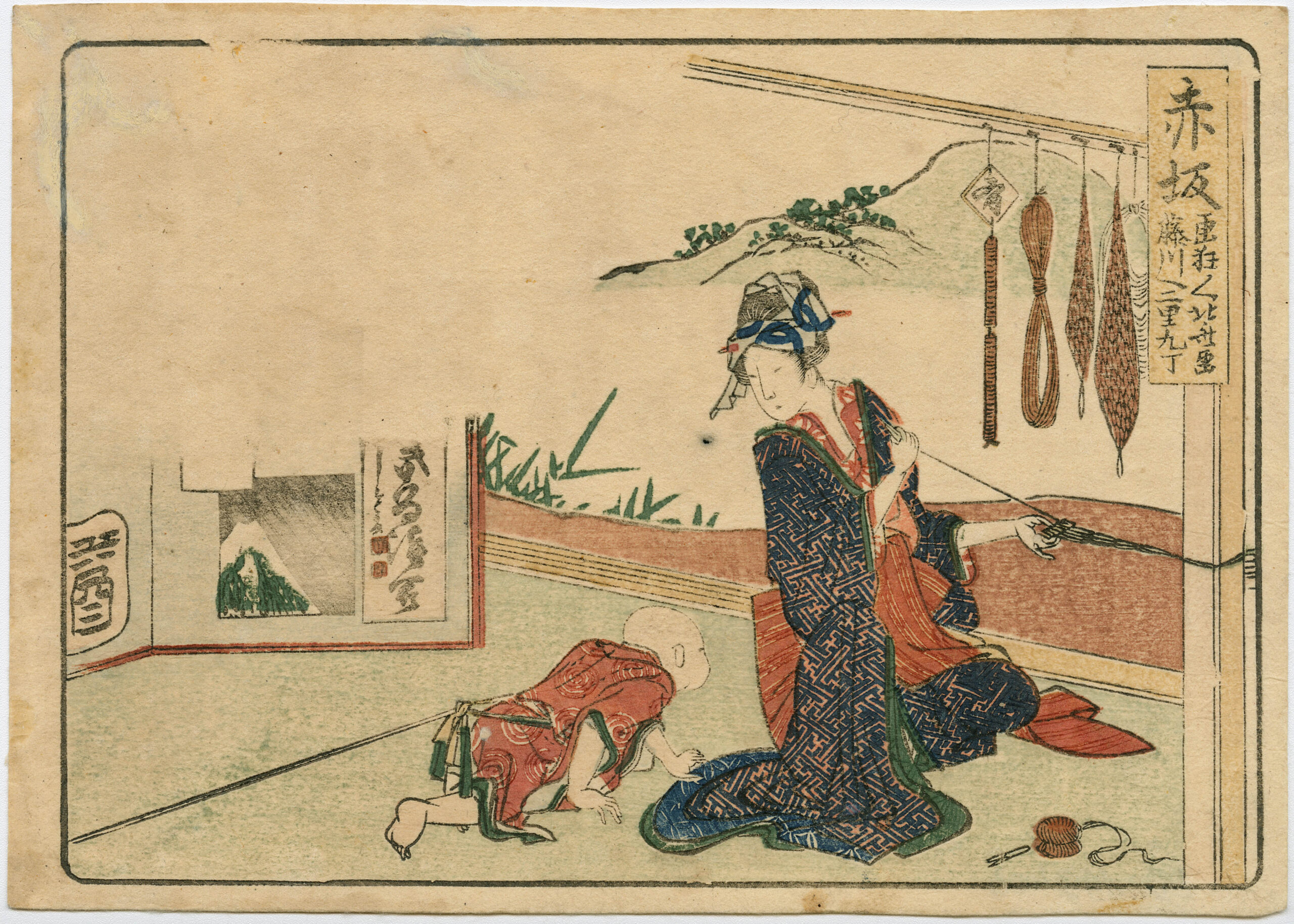
A formula for pop culture sustained for five centuries: to seduce, to terrify, and to captivate with courage
In 17th – century Edo (present-day Tokyo), the largest city of the world at the time, its rigidly hierarchic society was among the first in the world to create a leisure and entertainment space for the common Edo citizens – the Yoshiwara district of merriment. There came to be different forms of popular culture – Kabuki theatre, ikebana, the Japanese art of flower arrangement, haikai poetry and color woodblock prints ukiyo-e, which sprawled with massive success far beyond the bounds of the Yoshiwara district.
Japan’s popular art is presented to the exhibition’s visitors in three thematic sections, as the themes of beauties, ghosts, and samurai: “These themes seem to have naturally presented themselves, emerging in the process of analysis of several hundred years of Japanese popular culture, from the 17th century to the present day. The theme of beauties or bijin is most prominent. Notably, bijin in Japanese means a beautiful person, and was used to refer to men and women alike. In the Yoshiwara district, geishas and courtesans, handsome Kabuki actors, sometimes also sumo wrestlers or samurai, were referred to as “beauties”.
However, Japanese mythology and its mundane culture rest on three pillars: beauty, the mysteriously ominous, and courage. According to Prof. Tetsuya Ozaki, the exhibition’s senior consultant, if the theme of beauties develops in romance movies, of the ghosts, in horror movies, and the theme of samurai – in fighting movies, we can claim that these themes and the genres have remained relevant and are an essential part of contemporary popular culture. In other words, popular culture is there to seduce the viewers, to frighten them, to amuse and to enchant with stories of courage and strength. All this indicates that humans in the course centuries want things very similar”, the curator of the exhibition Dr Gelūnas shares his observations.
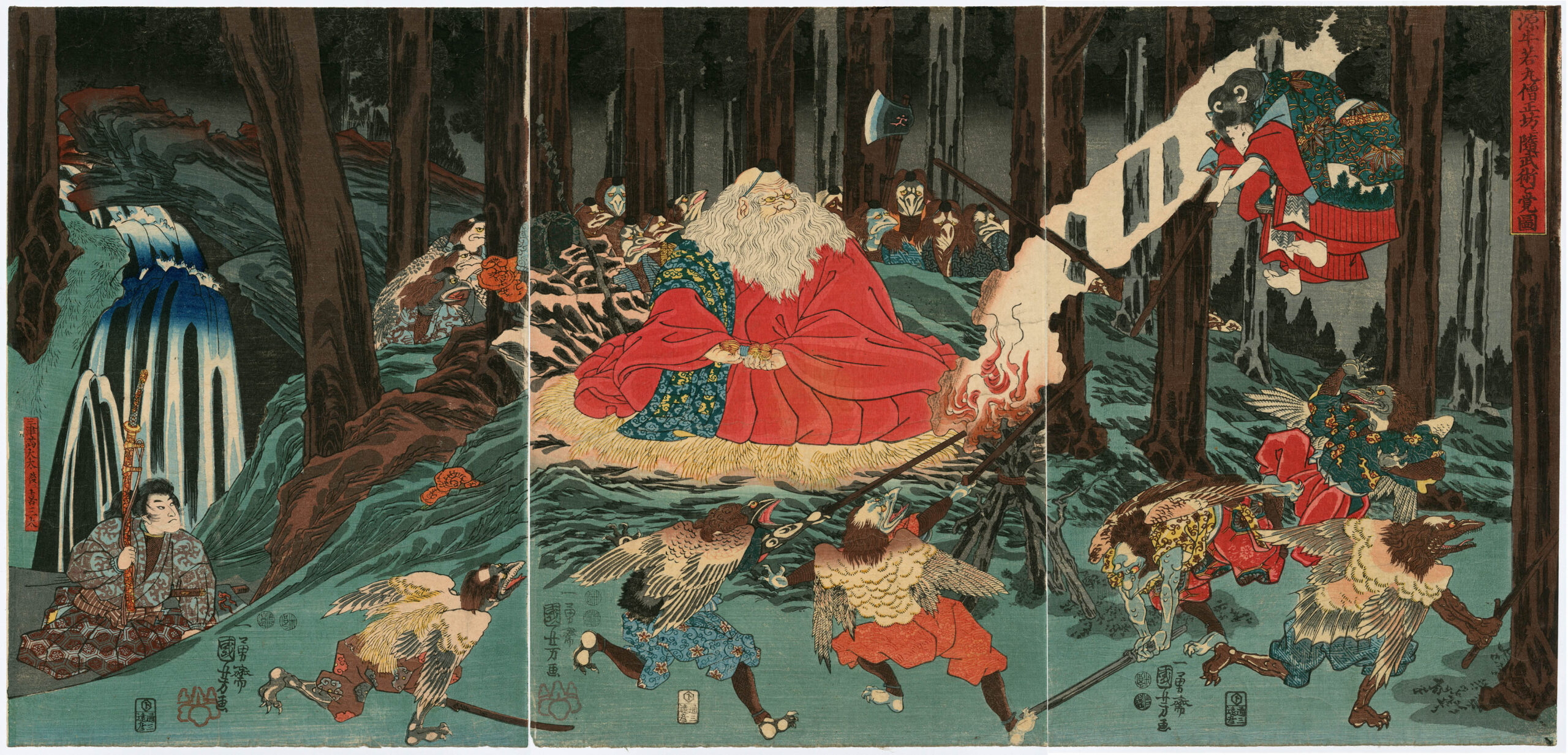
The integrating and empowering pop culture
The exhibition Beauties, Ghosts, and Samurai besides presenting Japanese popular culture, will invite its viewers to revisit the phenomenon of pop culture in general. “Culture becomes popular when it leaves the territory of the privileged class to acquire a mass appeal. In the 21st century, we tend to perceive mass appeal with negative connotations and attribute that culture a lesser value, but let us go back to 17th-century Japan, when peace was finally reached after the disastrous period of warring between the feudal states. Common people then started rising to prosperity, gaining time to spare and looking for entertainment activities: such was a slow shaping of a popular culture, which is in the focus of the exhibition. Wondrous are its early emergence and the abundance of forms which continue into our days. For instance, ukiyo–e, the color woodblock prints, performed the function now taken over by magazines and posters. They cost little in 17th-century Edo, same money could buy a meal at an eatery or a color print to enjoy. I hope that the exhibition will challenge the visitors to revisit their idea of pop culture and to see humans empowered by it,” Gelūnas says, adding that these days a PC game trailer, an animation film or manga comics look pretty commonplace, yet the visitors will be surprised by the strong links between them and the exhibits that mark popular culture’s 17th-century beginnings.
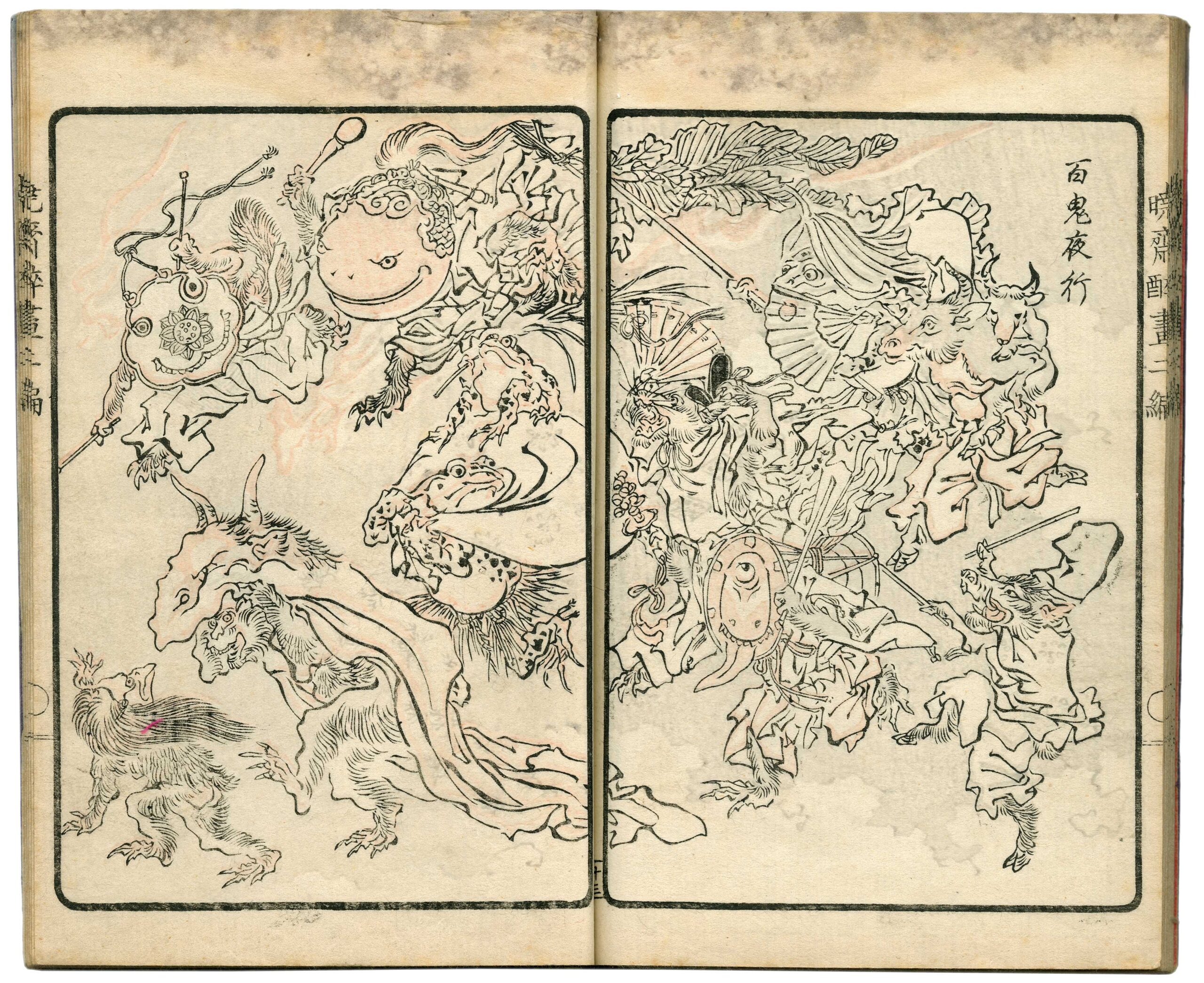
Artwork by over seventy artists featured by the exhibition
The ingeniously conceived exhibition architecture, its sound and light design evocative of the atmosphere of an urban Japanese space will contribute to the perception of the artwork by over seventy artists on display. According to the curator, though the main event’s focus is on popular culture, the exhibition also offers the artwork to viewers who uphold classic concepts of art: “Japanese culture is so diverse, that one statement about it can be refuted by a different one. Alongside with the popular culture, there exists the high culture of the nobility and of the clergy, with such its forms as refined ink painting, calligraphy, and ceramics closely linked with the Japanese tea ceremony. This exhibition will feature subtle color woodcuts by Katsushika Hokusai, Kitagawa Utamaro, Utagawa Kunisada (Utagawa Toyokuni III), Utagawa Kunisada II, Utagawa Kuniyoshio and other classical masters of ukiyo–e. They all enjoyed great popularity in their day and left behind thousands of prints and the series of prints. Initially taken as a low value advertising material, occasionally even used to wrap china or ebony artefacts, eventually these prints gained world-wide recognition and rose to the status of “museum art”.
Alongside with traditional objects, on display are hikifunda posters, at least partially in the style of ukiyo–e, advertising goods and services, also the classical giga comics which gradually evolved into contemporary manga. We will present the legendary godfather of manga and anime, Osamu Tezuka, active in the 50s – 60s, and Shigeru Mizuki with his character-hero Kitaro, a one-eyed monster-boy fighting for the rights of the monsters in the world of humans, Kazuo Kamimura and his manga about the Lady Snowblood. This work inspired the American director Quentin Tarantino’s two-volume movie Kill Bill starring Uma Thurman as the main protagonist. Finally, the visitors will see excerpts of several films, key to the development of Japanese anime, also film screenings at the NGA Auditorium and the celebrated congregation of contemporary Japanese artists Takashi Murakami, Makoto Aida, Aya Takano, Akino Kondoh, to name just a few.
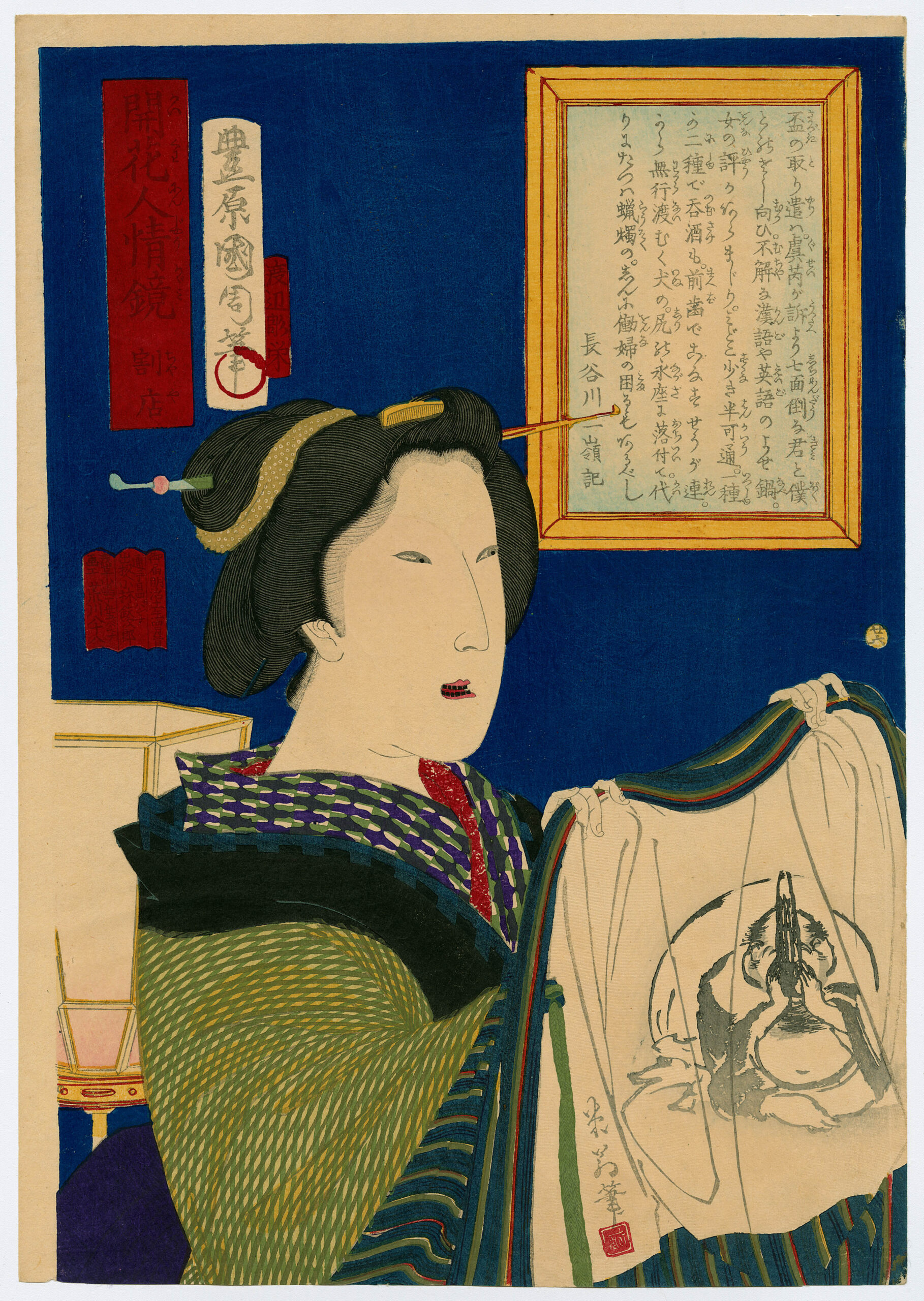
The territory of dreams created by Japanese culture
The interest in Japanese culture has been growing in Lithuanian in recent years. It attracts, according to the exhibition curator Dr Arūnas Gelūnas, director general of the LNMA, by offering a dream. „In the contemporary society living its routine life, in the hierarchic society of the 17th century, Japanese popular culture invites to step into the realm of dreams, fostered for several hundred years with a great aesthetic finesse and using some highly resourceful means. By the way, this world of dreams is offered in ways accessible to everyone.”
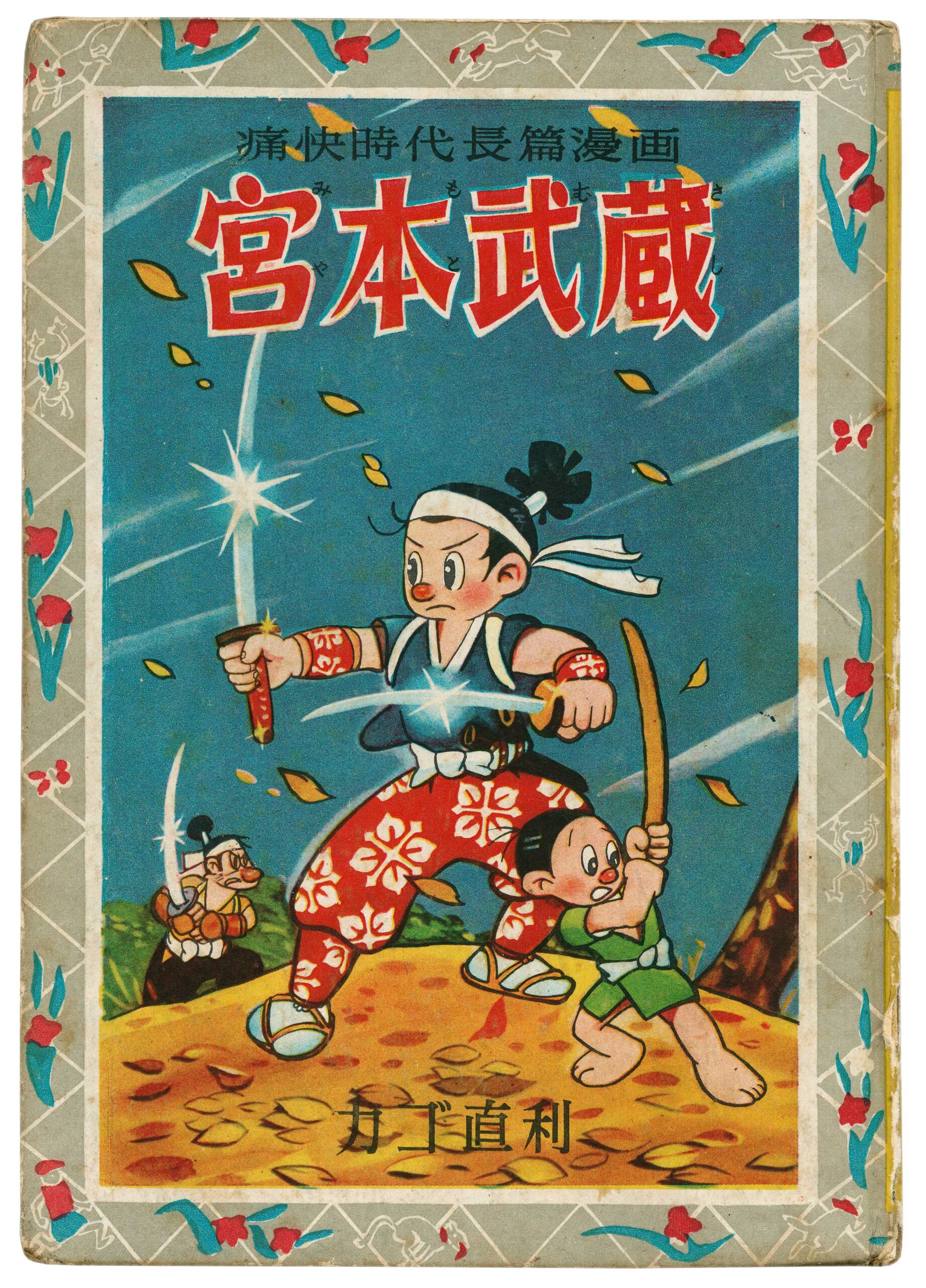
Curator: Dr. Arūnas Gelūnas
Chief Consultant: Professor Tetsuya Ozaki
Architects: Petras Išora-Lozuraitis, Ona Lozuraitytė-Išorė
Sound: Arturas Bumšteinas
Lighting: Eugenijus Sabaliauskas
Designer: Laura Grigaliūnaitė
Coordinator of the exhibition: Egla Mikalajūnė
Producing architect: Mindaugas Reklaitis
Coordinator of the events programme: Goda Aksamitauskaitė
Coordinator of the educational programme: Eglė Nedzinskaitė
English translator Emilija Ferdmanaitė
English editor Emma Stirling
Editor Ilona Čiužauskaitė
Project is funded by Ministry of Culture of the Republic of Lithuania
Partners: Bohdan and Varvara Khanenko National Museum of Arts, CASHI, M. K. Čiurlionis National Museum of Art, Galerie Gebr. Lehmann, UAB „Grinda“, Kaunas Photography Gallery, KuroNeko, Maironis Lithuanian Literature Museum, Manggha Museum of Japanese Art and Technology, Mizuma Art Gallery, Nanzuka Art Gallery, Perrotin gallery, Tsubouchi Memorial Theatre Museum, Waseda University & TOPPAN INC., Yukiko Kode Presents, Caffeine
Sponsors: AAS „BTA Baltic Insurance Company“ Lithuanian branch, Exterus, Fundermax, Narutis, UAB „VMGcorp“
Media sponsors: JCDecaux, LRT
Thanks: Cultural Attaché Gabija Čepulionytė and Embassy of the Republic of Lithuania to Japan, Antoine Frérot, Carmen and Daniel Klein, Darius Lebedzinskas, Vilius Jagminas, Gabrielius Dovydėnas, Keiko Okamura, Kyoto International Manga Museum, Japan National Diet Library.
- Click on this link to read more about the exhibition
- Purchase an e-ticket for this exhibition
- Book a guided tour of this exhibition by phone +370 5 219 5961, email edukacija@ndg.lt
- Plan your visit to the National Gallery of Art

